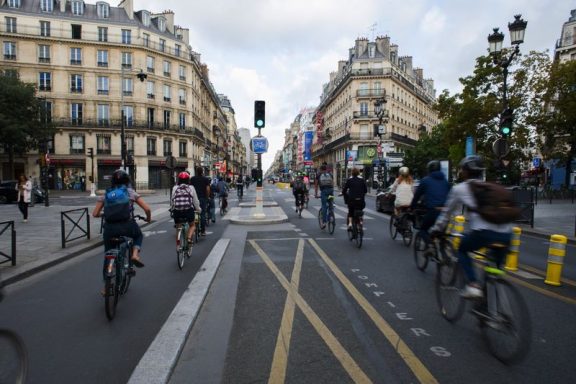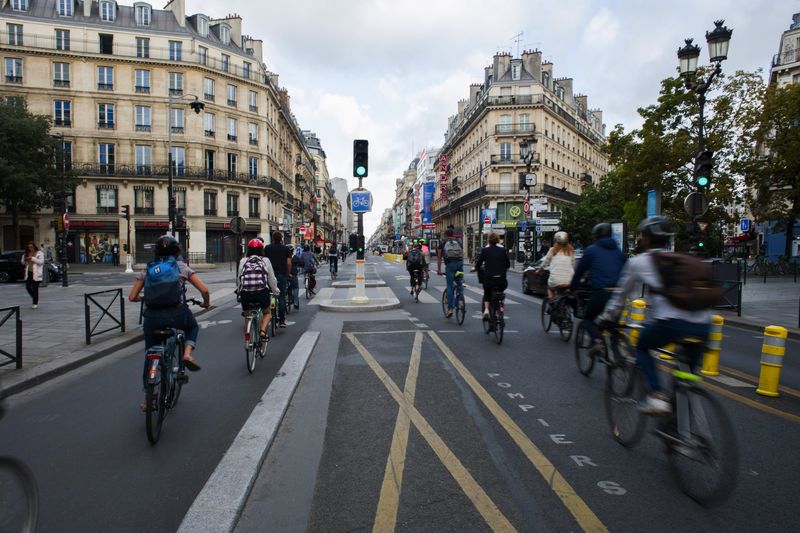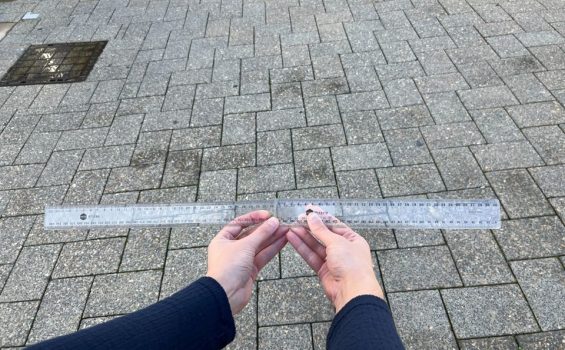
WA State Government announces funding of Perth’s bike paths to the equivalent of a few metres of freeway.
19 April 2022
The WA state government recently highlighted their funding for bike and walking paths with this recent media statement
A closer look, however, reveals how underfunded active transport in WA remains – especially when compared to the huge road building budgets of recent years.
Let’s break this latest press release down.
First, only about $3million of the funded projects announced will be spent in the Perth metro area.
Based on an average cost of freeways/highways of around $5.4 million per lane kilometre (meaning $32.4 million a km for a six lane freeway) this is the equivalent to the funding of about 90 metres of a six lane freeway (or even less if it is the Bunbury Outer Ring Road which is now likely to come in well above $37 million per km!)
Second, the WA government that has proudly stated they are spending $11.7 billion on roads over next four years, of which about $2 billion is on roads in the Perth metro area – each year!
That makes the spend on local bike and pedestrian infrastructure less than 1/6 of 1% of Perth road spending – or 0.15% of the cost of road projects.
Yes this amount is just the local bike funding – the bits where most people would ride everyday for shopping, to school or work or the park. It excludes the big ticket items like the flashy Causeway bike bridge or the huge, fully lit PSPs heading out to Mandurah and Muchea. That’s because this is not where most everyday people normally choose to ride
So let’s be clear: Perth is overwhelmingly funding a future of roads and car dependency by spending too little of bike infrastructure in the wrong places.
As they say: the truth about a government’s priorities is found not in it press releases but in its budget priorities.
As a contrast take Paris which will invest 250 million euro ($365 million) on central city cycling. Paris now sees almost 1 million bike journeys daily. In WA cycling growth has stalled.
A better normal is possible but it can’t be achieved with business-as-usual budgets.

Cyclists use a bike lane on a section of Rue de Rivoli that had been converted to accommodate bike and bus traffic only. Paris is significantly expanding its network of segregated lanes, and shifting some of them from temporary to permanent. Photographer: Nathan Laine/Bloomberg


Discussion